DISCLOSURE: Most of our content uses affiliate links. As an Amazon Associate, we may earn a commission when you buy through the links. Each of your purchases via our affiliation links helps us to support the cost and maintenance of this site.
In keeping with our previous commitment to our review of the Bose QuietComfort ULTRA, the story would be incomplete unless we compared ULTRA to its formidable rival, the Sony XM5.
It is a well-established fact that when it comes to premium noise-canceling headphones, only two names stand out: Bose and Sony. Both brands have a long history of innovation and quality, and their flagship models, the Bose QuietComfort Ultra and the Sony WH-1000XM5, often known as XM5, are at the forefront of audio technology.
We need to compare and contrast the two top-tier headphones in terms of their audio output, comfort, battery life, noise-cancellation capabilities, and overall value before we can come up to our verdict. To help you understand the outcome, we will provide you the pros and cons in each category to give you a clear picture of the result.
1. The Brand
Bose QuietComfort ULTRA
Bose has built its reputation on creating headphones that offer outstanding comfort and top-notch noise cancellation. The QuietComfort Ultra takes this legacy a step further, incorporating advanced technology for an immersive listening experience. The QuietComfort Ultra is designed to meet the needs of both casual consumers and audiophiles, offering a sleek appearance, customizable sound profiles, and enhanced connectivity options.
Sony XM5
The Sony WH-1000XM5 is the best headphone technology that Sony has ever made. Since their release, these headphones — which prioritize sound quality and offer adaptive noise cancellation along with an array of smart features — have received favorable and positive reviews. As a strong competitor in the high-end headphones market, the XM5 has a sleek modern look, intuitive touch controls, and a long-lasting battery lifespan.
2. Design and Comfort
Bose QuietComfort ULTRA
The Bose QuietComfort Ultra has a simple design and soft ear pads that make it easy to wear for long periods of time. The ear cups are a little bigger than the ones on older models, which gives you more room and better noise separation. The headband is padded and can be adjusted to fit a lot of different head shapes.
Pros
-
-
- Lightweight construction
- Extremely comfortable for extended wear
- Soft, plush ear cushions
-
Cons
-
-
- Design may feel bulkier compared to other premium options
- Limited color choices
-
Sony XM5
Sony has opted for a more modern look with the XM5, which features a streamlined design and a premium finish. The ear cups are plush and provide an excellent seal around the ears. The headband is also well-padded, and the overall weight of the headphones is impressively light.
Pros
-
-
- Stylish and contemporary design
- Lightweight and comfortable
- Excellent ear cup fit
-
Cons
-
-
- Touch controls may take time to get used to
- Ear cups might not fit all ear shapes perfectly
-
3. Sound Quality
Bose QuietComfort ULTRA
The sound profile of the Bose QuietComfort Ultra is well-balanced, with a slight emphasis on mids and highs. The bass response is solid, but it may not satisfy bass enthusiasts looking for a deep low-end. Users can personalize the sound of the headphones using the adjustable equalizer found in the companion app.
Pros
-
-
- Clear and balanced sound
- Customizable EQ settings
- Excellent vocal reproduction
-
Cons
-
-
- Bass response may not be powerful enough for some
- Soundstage feels more intimate than expansive
-
Sony XM5
You won’t find better sound quality than that of Sony’s XM5. It is exceptional in terms of audio fidelity. Strong bass, distinct mids, and clear highs combine to create a rich and engrossing audio experience with the headphones. The listening experience is further improved with the Adaptive Sound Control feature, which automatically modifies sound settings according on your surroundings.
Pros
-
-
- Dynamic sound with deep bass
- Exceptional clarity across the frequency range
- Adaptive Sound Control enhances audio experience
-
Cons
-
-
- May feel overwhelming for those who prefer a more neutral sound
- Bass-heavy tracks may muddy vocal clarity
-
4. Noise Cancellation
Bose QuietComfort Ultra
No sound will be missed by the QuietComfort Ultra, thanks to Bose’s legendary noise-cancelling technology. Designed for use in bustling environments and during travel, the headphones utilize sophisticated algorithms to effectively eliminate ambient noise. You can use the customizable noise-cancellation option and have the choice between a setting that is more ambient-aware or one that offers complete noise cancellation.
Pros
-
-
- Outstanding noise cancellation performance
- Customizable noise-canceling levels
- Excellent for blocking out low-frequency sounds
-
Cons
-
-
- Noise cancellation may not be as effective in very loud environments compared to competitors
- Slight pressure sensation may be felt during extended use
-
Sony XM5
The WH-1000XM5’s Dual Noise Sensor technology takes noise cancellation to a whole new level. It constantly listens for background noise and adjusts the cancellation to match. The headphones really deliver a peaceful listening experience, regardless of the ambient noise level.
Pros
-
-
- Superior noise cancellation technology
- Adaptive features respond to surroundings
- Effective at all frequencies
-
Cons
-
-
- Noise cancellation may cause slight pressure in some users
- Users may experience occasional sound leaks at higher volumes
-
5. Battery Life
Bose QuietComfort ULTRA
The Bose QuietComfort Ultra has a long battery life — a full charge gives you up to 24 hours of listening time. It also has a quick charge option that lets you play music for up to five hours after just 15 minutes of charging, which is ideal for people who are always on the go.
Pros
-
-
- Impressive battery life
- Quick charge feature
- USB-C charging for modern convenience
-
Cons
-
-
- Battery life may diminish slightly with active noise cancellation
- Charging case is not included
-
Sony XM5
The XM5 offers an impressive battery life of up to 30 hours with active noise cancellation turned on. Like the Bose model, it also supports fast charging, providing up to 5 hours of playback after just a 10-minute charge.
Pros
-
-
- Excellent battery life
- Quick charging capabilities
- USB-C compatibility
-
Cons
-
-
- Battery life can be shorter with high-volume listening
- No wireless charging option
-
6. Features and Connectivity
Bose QuietComfort ULTRA
The Bose QuietComfort Ultra comes equipped with Bluetooth 5.3 for stable connectivity and supports voice assistants such as Google Assistant and Amazon Alexa. The companion app enhances the experience with features like custom sound profiles, noise cancellation settings, and firmware updates.
Pros
-
-
- Easy Bluetooth pairing and stable connection
- User-friendly companion app
- Voice assistant integration
-
Cons
-
-
- Limited multi-device connectivity
- App interface may feel less intuitive than competitors
-
Sony XM5
Sony has packed the XM5 with features, including Bluetooth 5.2, which allows for seamless connectivity and multi-device pairing. The headphones also include touch controls for playback and calls, as well as a speak-to-chat feature that automatically pauses playback when you start talking.
Pros
-
-
- Excellent multi-device connectivity
- Intuitive touch controls
- Speak-to-chat functionality enhances usability
-
Cons
-
-
- Touch controls can be overly sensitive at times
- Some users may prefer physical buttons for control
-
7. Price and Value
Both the Bose QuietComfort Ultra and Sony XM5 are positioned in the premium price range, reflecting their advanced features and performance. The pricing may vary based on sales and promotions, but both models typically fall within a similar price bracket, with Bose being slightly higher.
Read our full review: Bose QuietComfort ULTRA review: Is it Better or Worse?
Value Considerations
-
- Bose QuietComfort Ultra: Known for exceptional comfort and noise cancellation, the QuietComfort Ultra is ideal for travelers and those who prioritize comfort during long listening sessions.
- Sony XM5: With superior sound quality and versatile features, the XM5 is ideal for audiophiles and tech-savvy users who appreciate smart functionalities.
Read our full review: Sony XM5 headphone review: Audiophile’s New Reigning Champion
8. The Final Verdict
Bose QuietComfort Ultra and Sony XM5 are in direct competition, with both devices being exceptional in their own right and providing distinct advantages. What is evident is that both are superior variants. As a final guide, here is the outline of their overall benefits and value.
-
- Choose the Bose QuietComfort ULTRA if:
- You prioritize comfort above all else, especially for long listening sessions.
- You want excellent noise cancellation that effectively blocks out ambient noise.
- You prefer a balanced sound profile with good vocal clarity.
- Choose the Sony XM5 if:
- You seek superior sound quality with a dynamic range and deep bass.
- You want advanced features like adaptive sound control and touch controls.
- You value longer battery life and seamless multi-device connectivity.
- Choose the Bose QuietComfort ULTRA if:
The table below is provided for your convenience as a quick reference.
| Feature | Bose QuietComfort ULTRA | Sony XM5 |
| Design | Classic, understated elegance | Modern, streamlined design |
| Build Quality | Robust and durable | Premium, but slightly less sturdy |
| Comfort | Exceptional comfort, plush earcups and headband |
Comfortable, but slightly less plush earcups |
| Sound Quality |
Balanced and neutral, wide soundstage | Vibrant and energetic, pronounced bass |
| Noise Cancellation |
Industry-leading, effectively blocks out a wide range of sounds |
Impressive, but slightly less effective at low frequencies |
| Extra Features |
Active EQ, voice assistant support, touch controls | DSEE Extreme, 360 Reality Audio, adaptive sound control |
| Battery Life | Up to 24 hours with noise cancellation | Up to 30 hours with noise cancellation |
| Connectivity | Bluetooth 5.3, multipoint pairing | Bluetooth 5.2, multipoint pairing |
| App Integration |
Bose Music app | Sony Headphones Connect app |
| Date Released | September 2024 | September 2023 |
| Price | Higher | Slightly lower |
Frequently Asked Questions: (FAQs)
What are the key differences between Bose QuietComfort Ultra and Sony WH-1000XM5?
- The main differences lie in their sound profiles, noise cancellation capabilities, comfort, and specific features such as touch controls and adaptive sound settings.
Which headphones have better noise cancellation?
- Both models offer excellent noise cancellation. Many users find that the Sony XM5 provides better performance in various environments due to its advanced technology. But Bose QuietComfort Ultra appears to have a slight edge over the Sony XM5. It’s particularly praised for its ability to handle low-frequency rumbles, which are often the most challenging to eliminate.
Which headphones are better for travelers?
- Both models are excellent for travel, but the Bose QuietComfort Ultra is often favored for its comfort and effective noise cancellation, making it ideal for long flights.
Which model should I choose for audiophile-level sound quality?
- If sound quality is your top priority, the Sony WH-1000XM5 is often recommended for its rich and immersive audio experience, while the Bose QuietComfort Ultra excels in comfort and balanced sound.

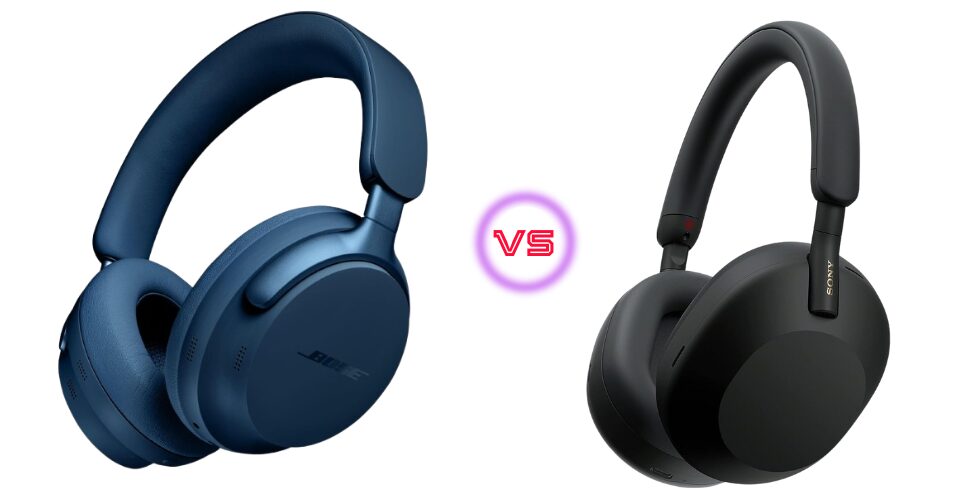
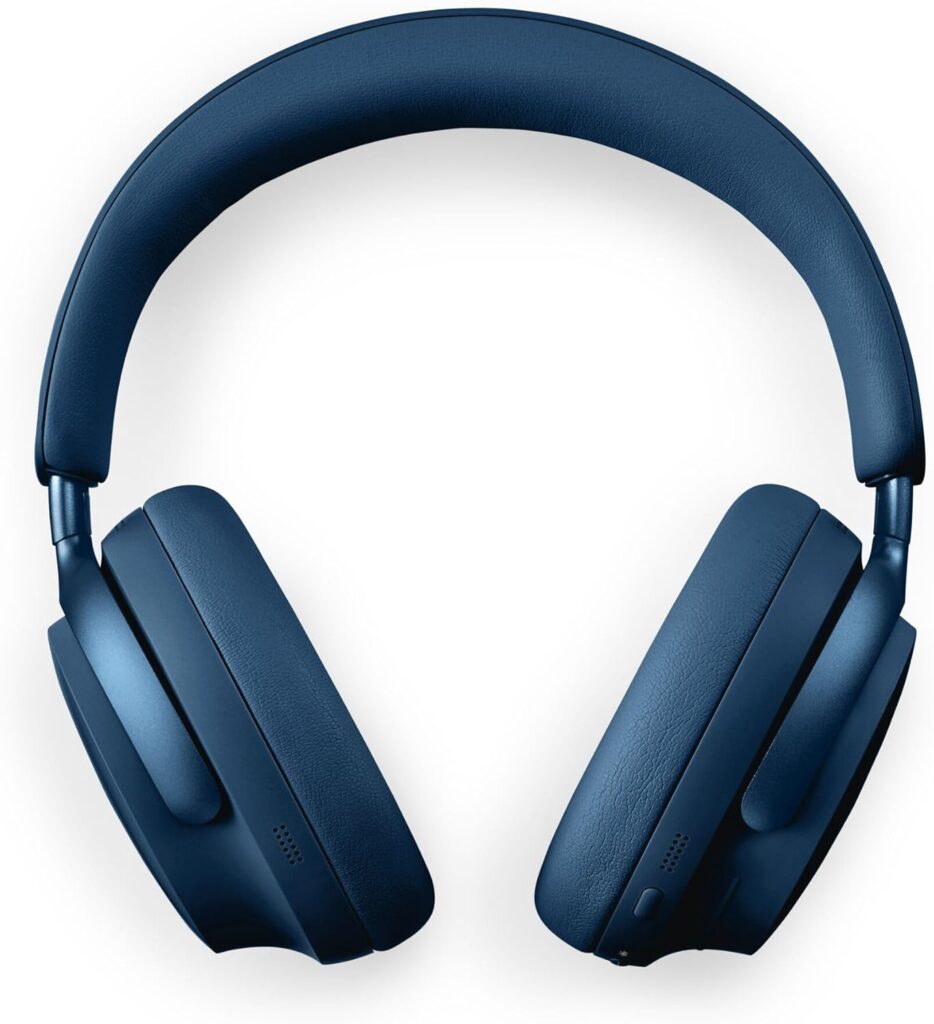
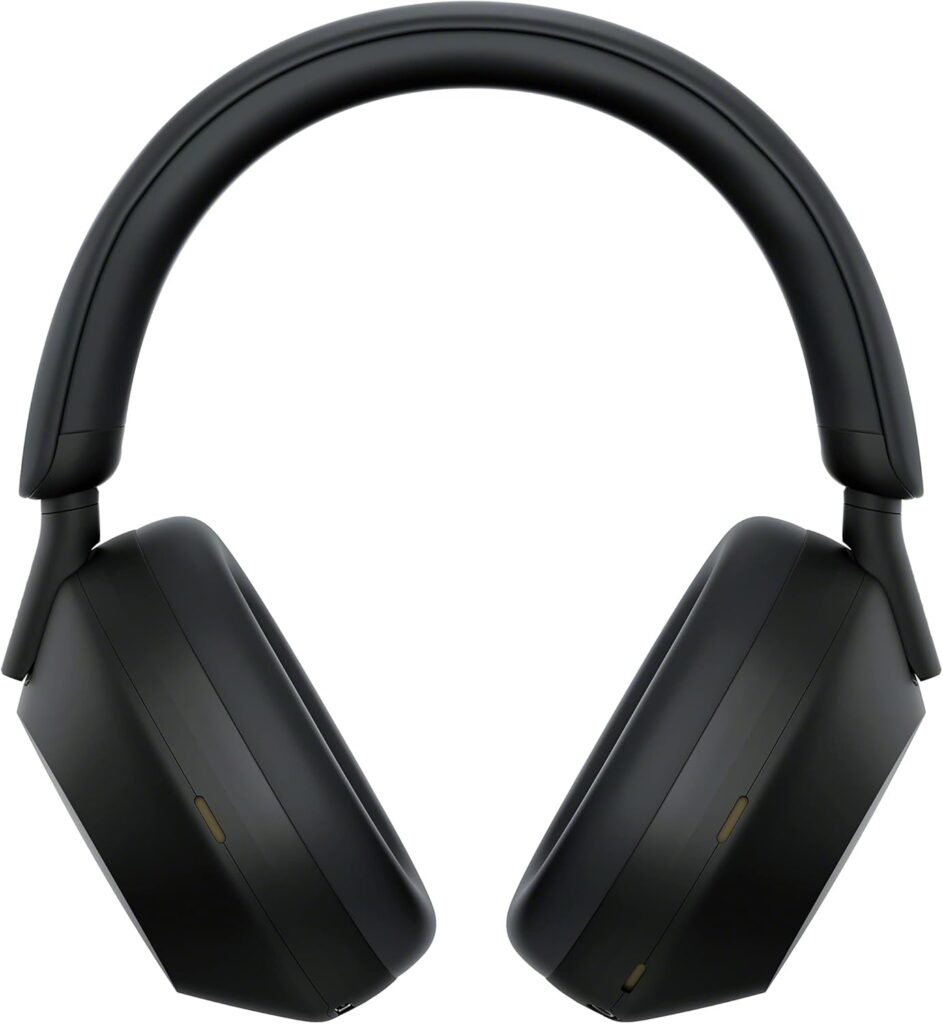
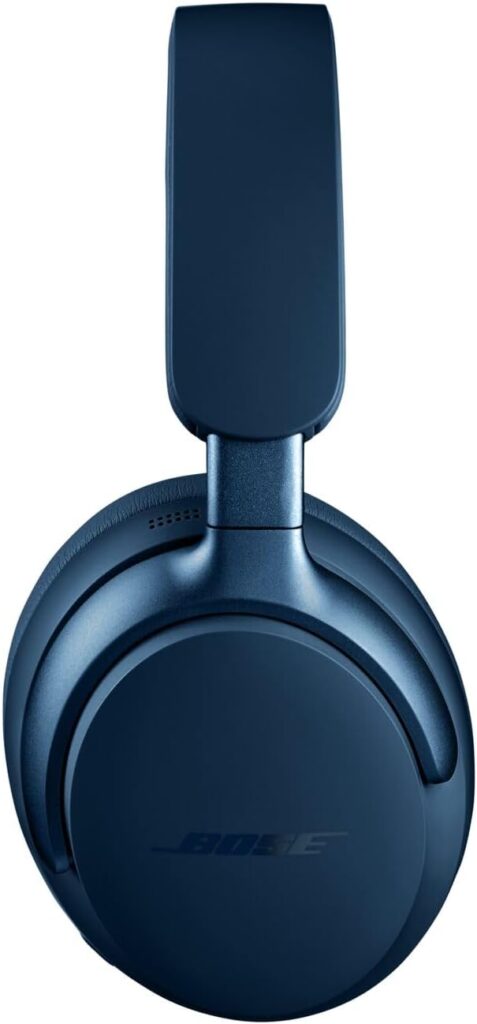
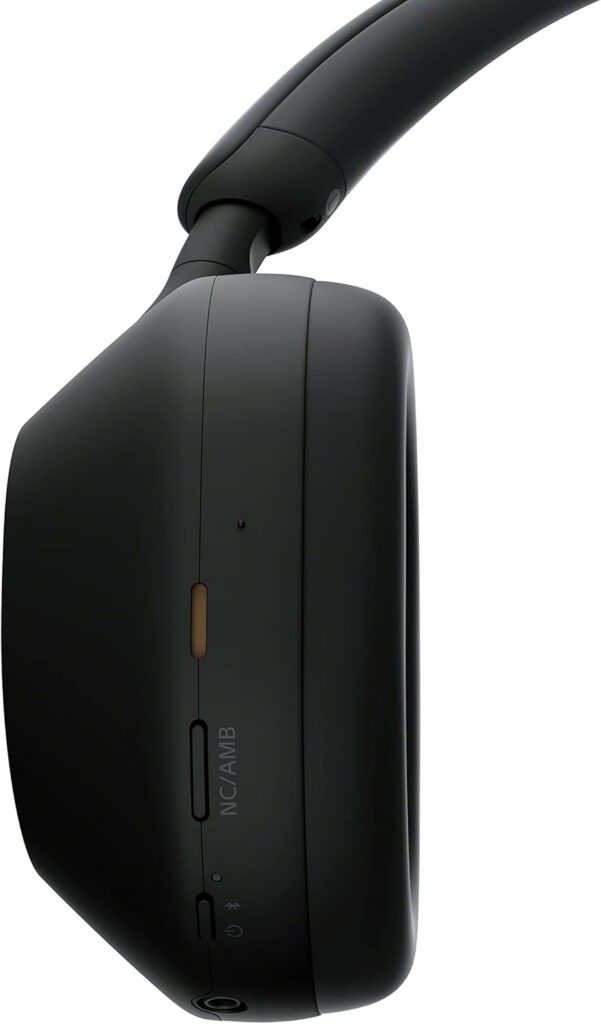
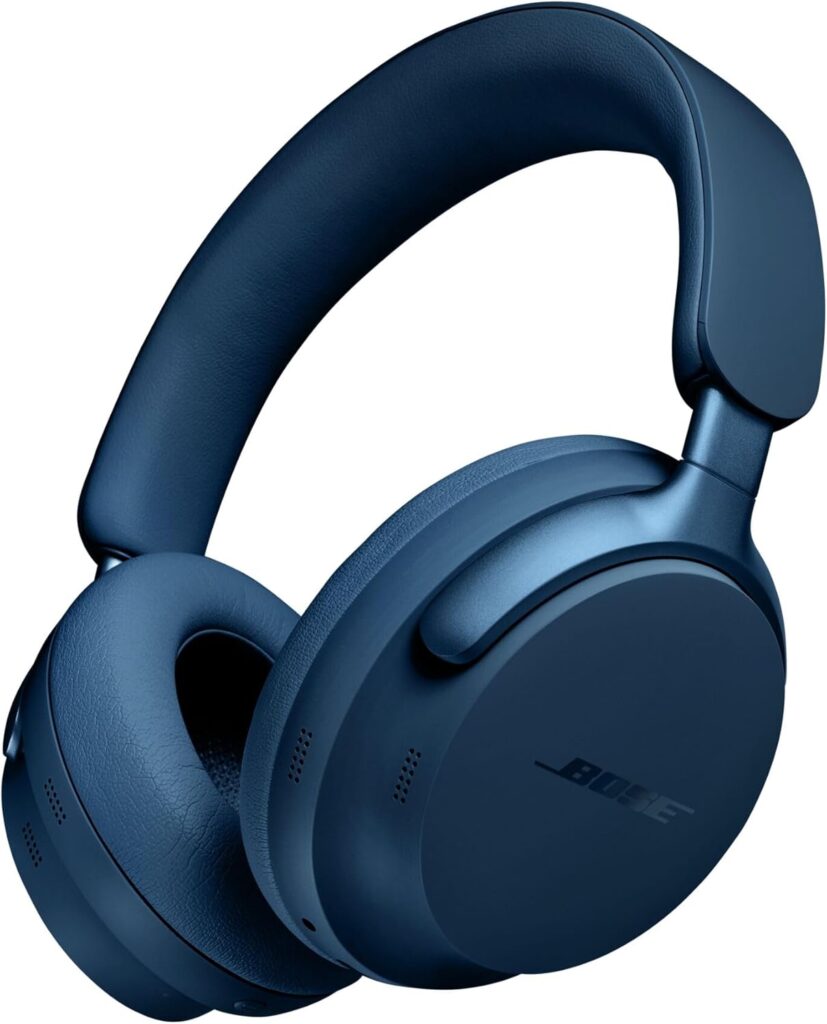
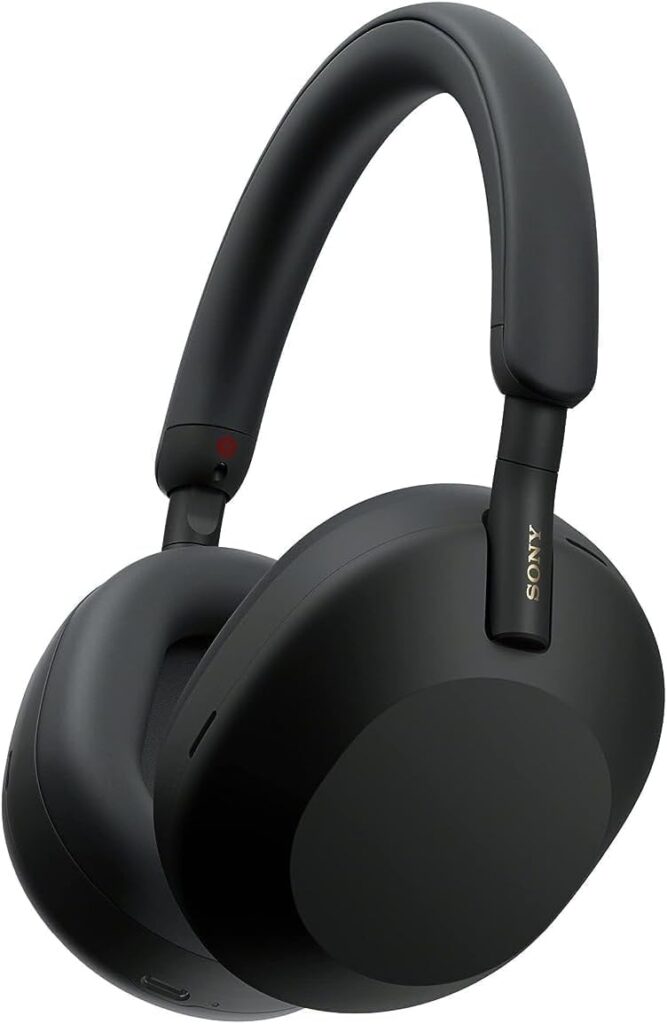



Add Comment